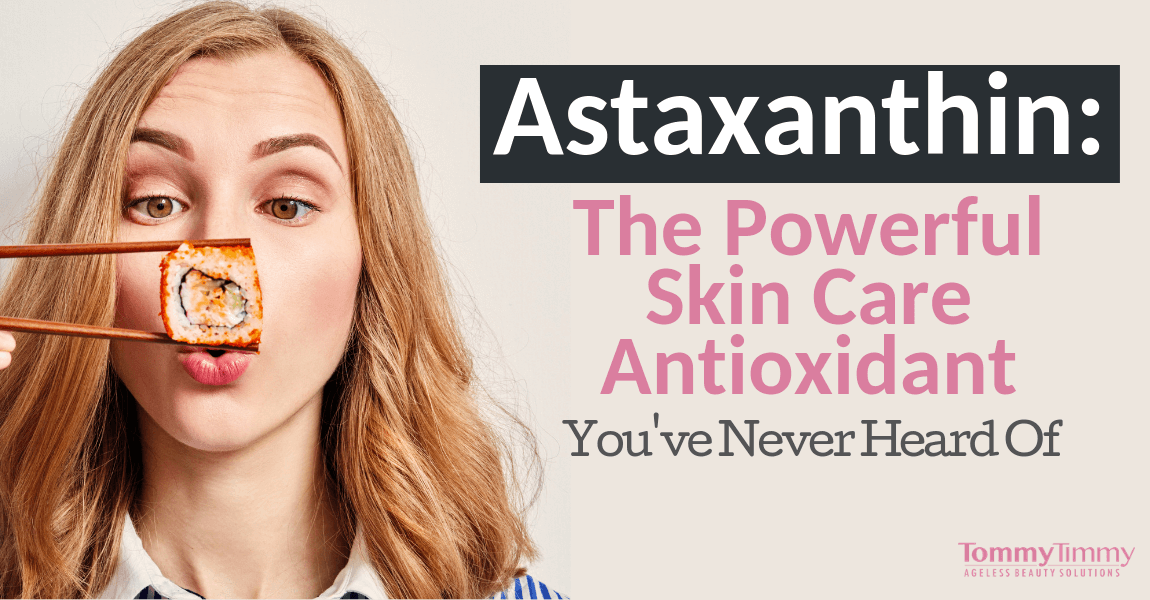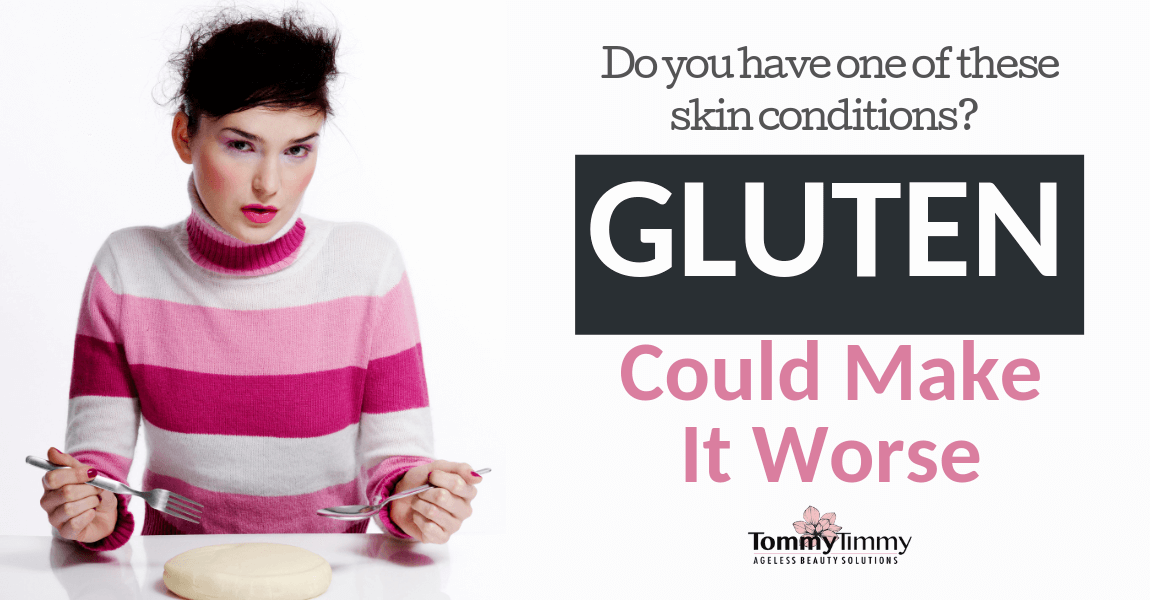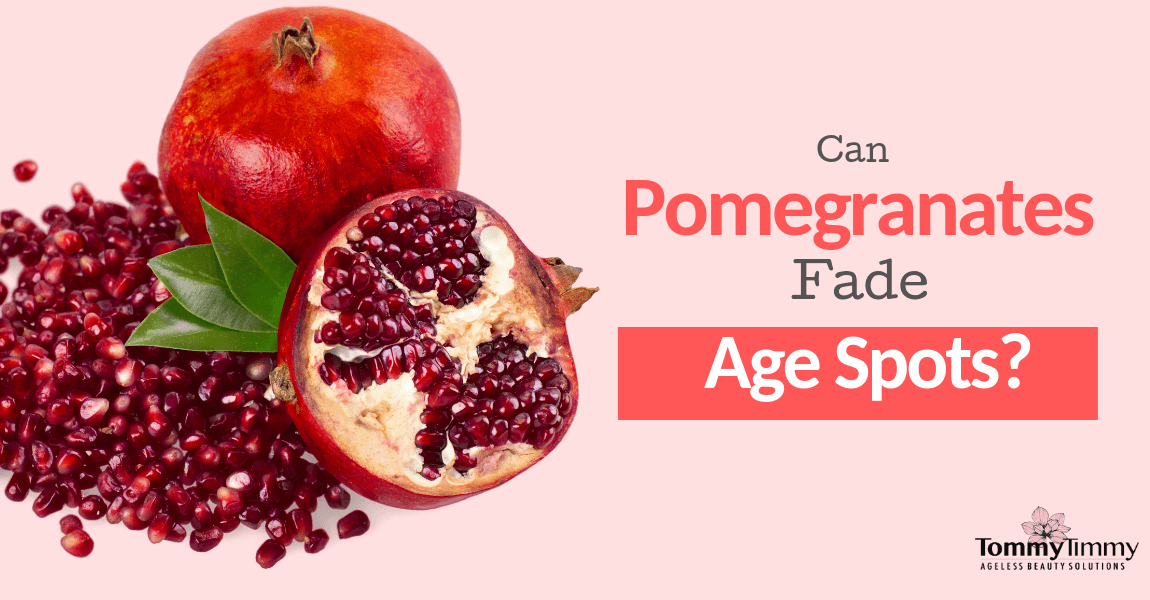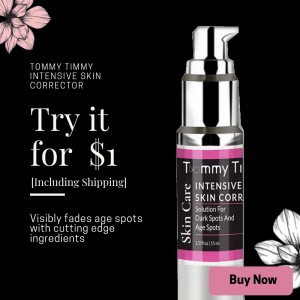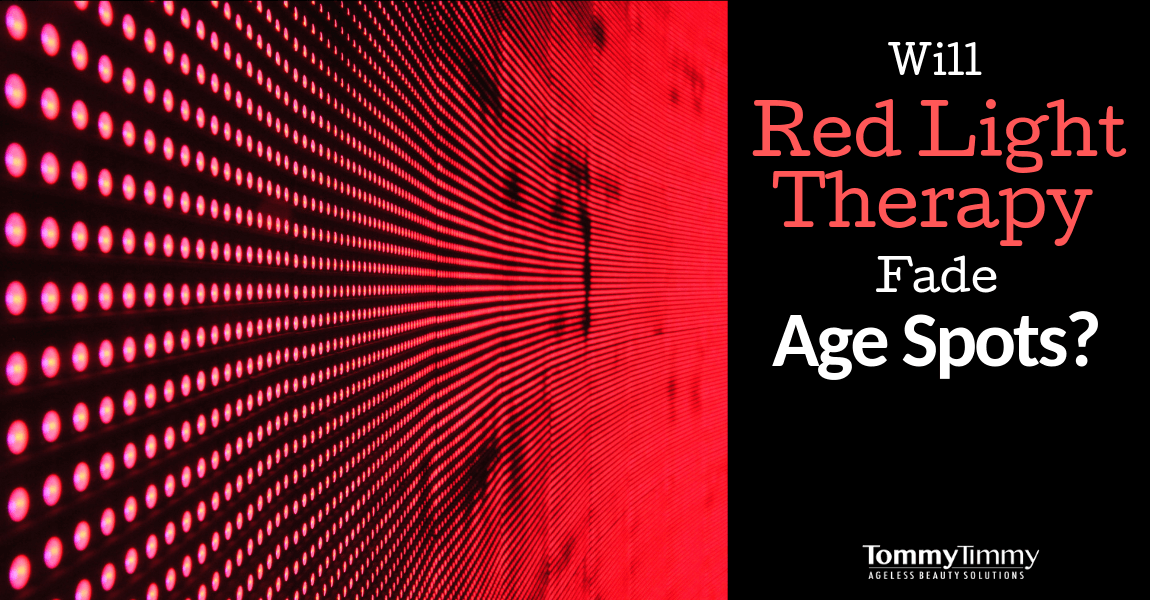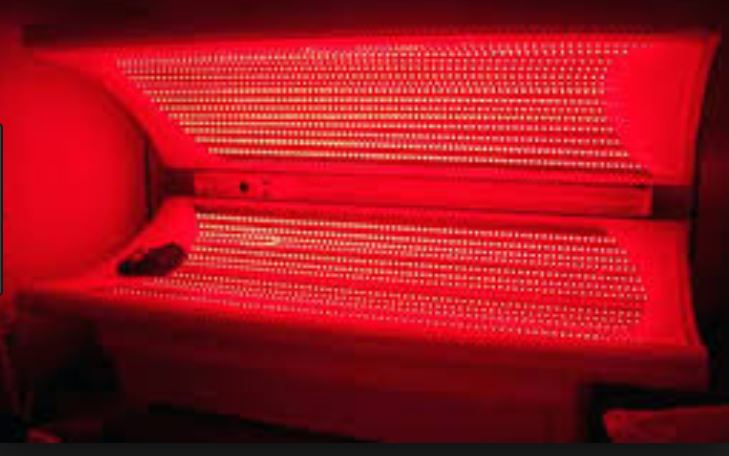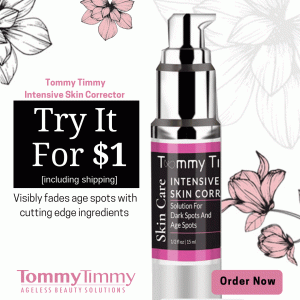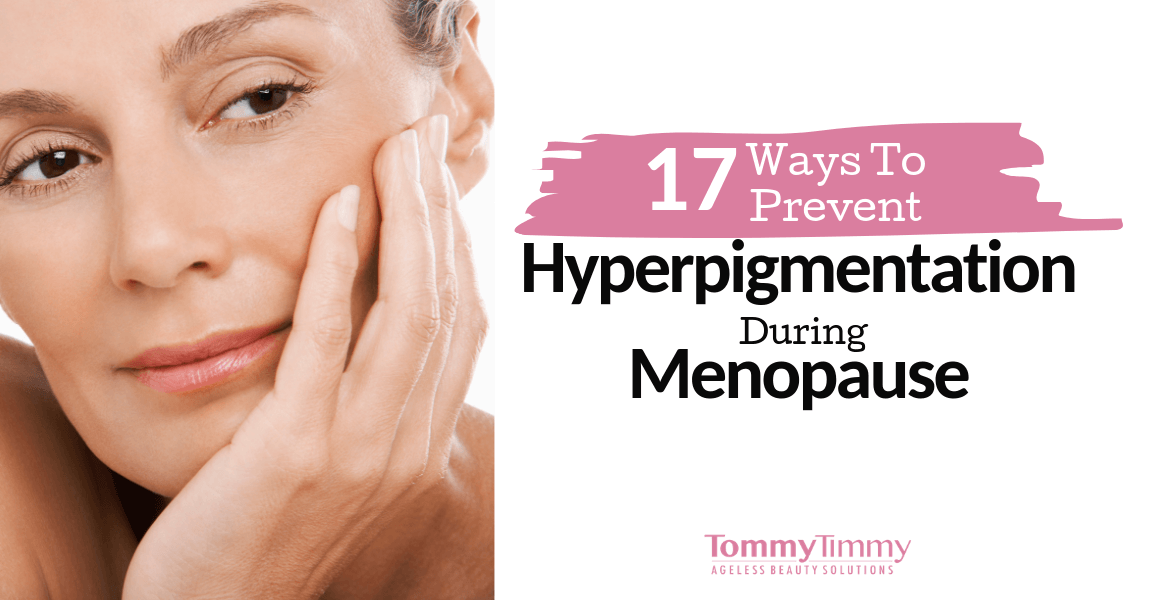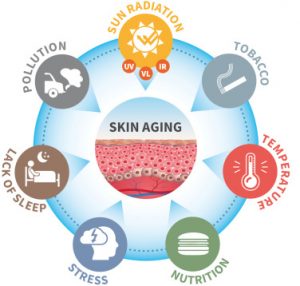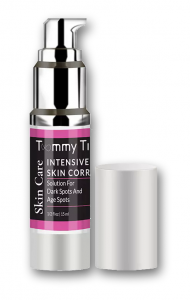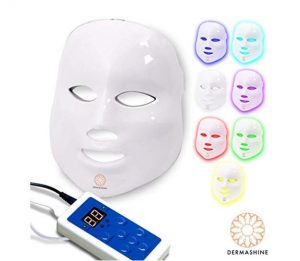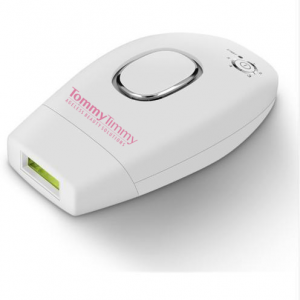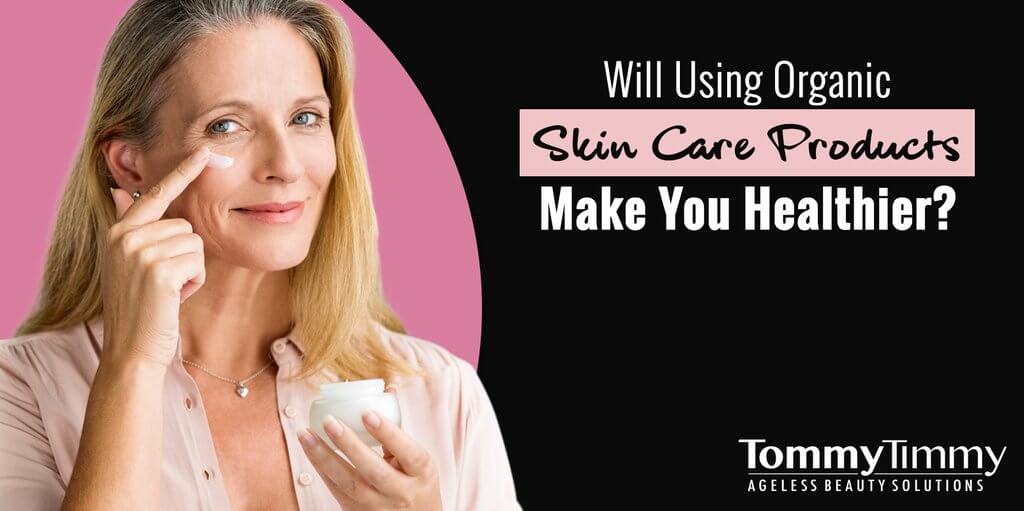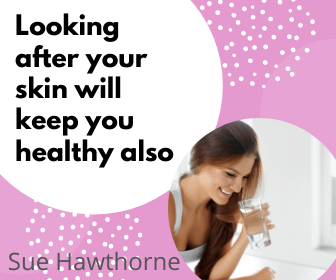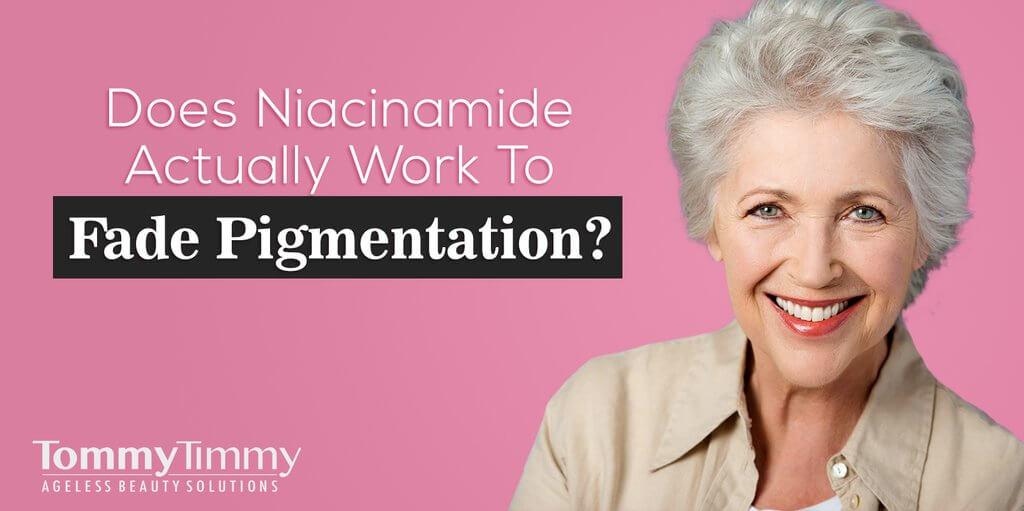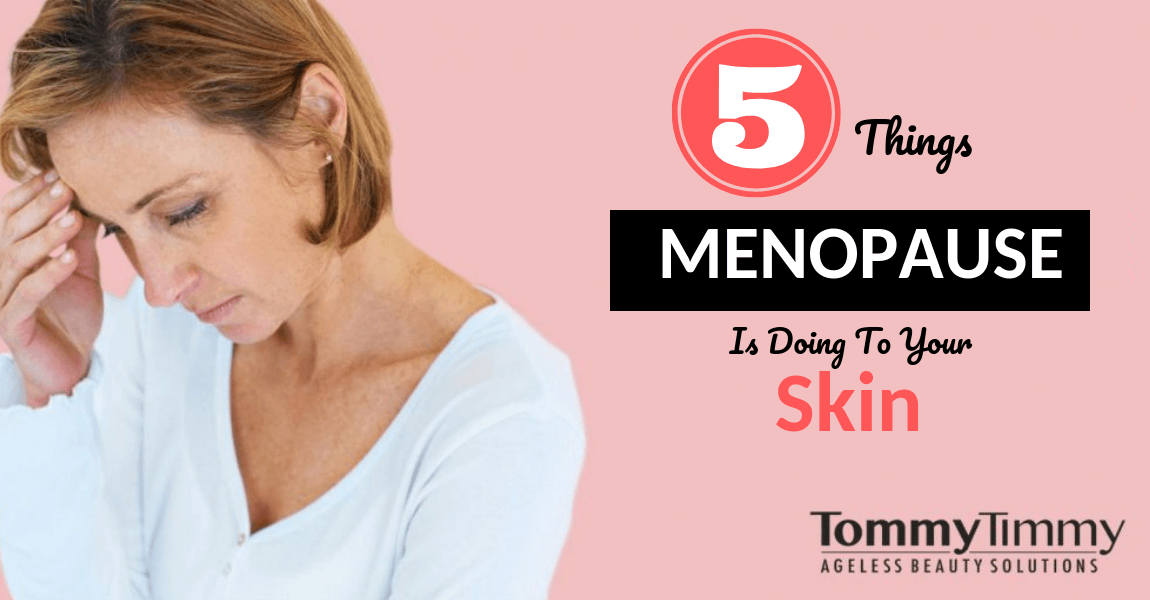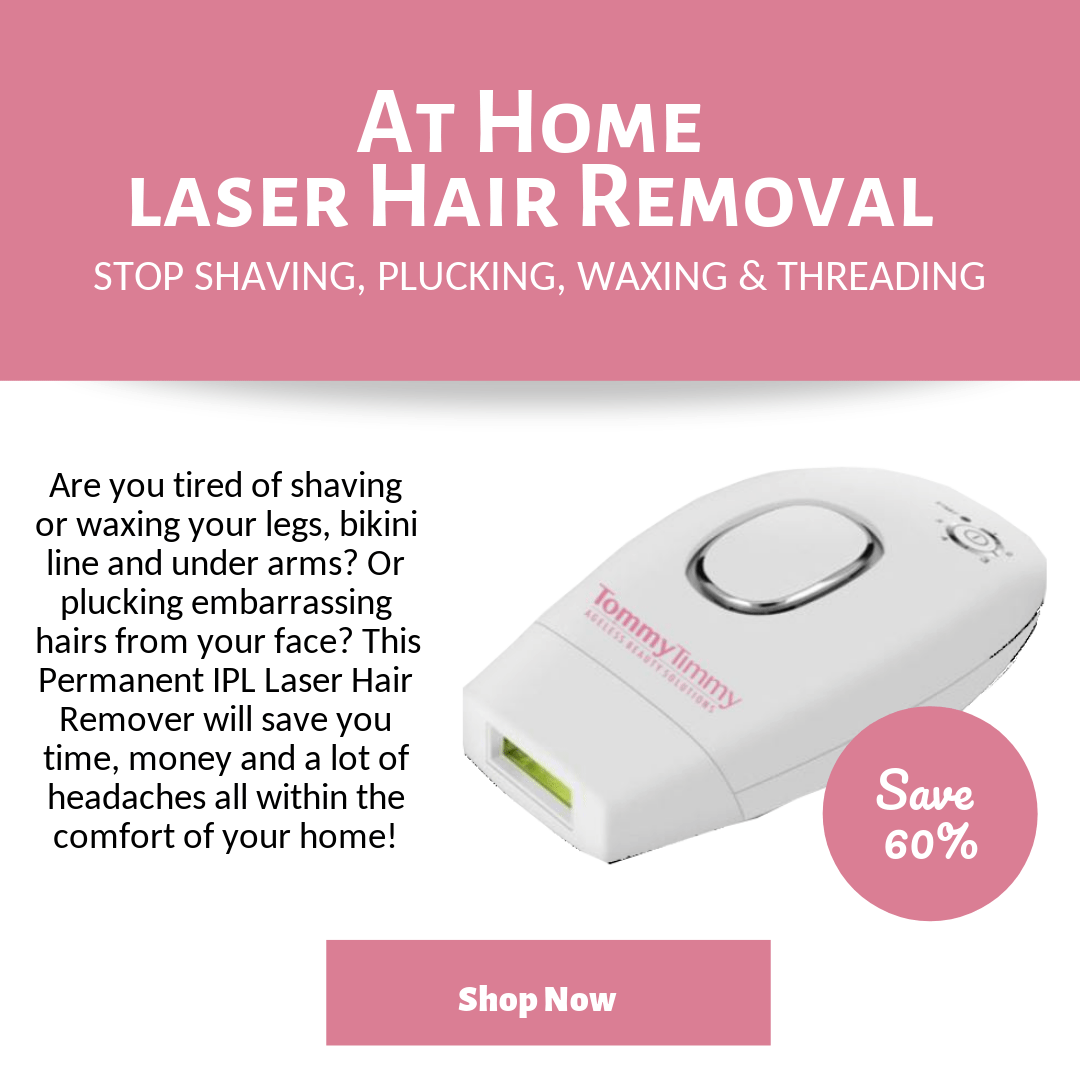In this article, you will learn about Astaxanthin (pronounced “asta-ZAN-thin”), one of the most exciting skincare solutions, and how it can keep your skin looking young and wrinkle-free.
6000x Stronger Than Vitamin C
Astaxanthin is one of the most potent antioxidants found in nature, with many benefits for your health, such as diminishing wrinkles and easing inflammation. This study found astaxanthin was 6,000 times stronger than vitamin C, 800 times stronger than CoQ10, 550 times stronger than green tea catechins, and 75 times stronger than alpha-lipoic acid.
Bright red pigment
Often nicknamed the “king of carotenoids,” Astaxanthin is a bright red pigment that occurs naturally in green algae as well as certain seafood such as shrimp, krill, wild-caught Alaskan salmon, and trout.
Astaxanthin is the pigment that gives seafood like lobster and crab that characteristic red hue or that perfect pink color you see on fresh wild-caught salmon.
After years of studies, scientists proved that Astaxanthin could treat certain skin conditions and improve the skin’s overall appearance. As you age, this can be an excellent supplement to your diet and skincare routine to keep your skin looking young, wrinkle-free, and perfectly moisturized.
Why Astaxanthin is right for your skin
As mentioned above, Astaxanthin benefits the skin in many ways. Think of it as a magic elixir that slows down or even reverses your skin’s aging process. If you add a dose of Astaxanthin to your daily routine, you can expect various skin benefits in as little as eight weeks. Some of them include;
1. Astaxanthin and Skincare
Studies show that combining topical application and oral supplementation of Astaxanthin has many skincare benefits. It helps reduce wrinkles and age spots and improves skin elasticity. Astaxanthin also protects your skin against UV-induced deterioration, keeping it healthy. For the best results, you should use Astaxanthin combined with an excellent natural skincare routine, together with other powerful ingredients like Shea butter, tea tree oil, and apple cider vinegar.
2. Astaxanthin for Skin Pigmentation
Age spots and skin pigmentation are common skin problems that affect people as they grow older. While it is not painful, the appearance of dark spots on your skin makes you age quicker and can deal a massive blow to your confidence, especially if they appear on your face. According to studies, Astaxanthin can help suppress hyperpigmentation keeping your skin clear and free from any age or dark spots.
3. Astaxanthin and Sun Damage
Excessive exposure to the sun can lead to various skin conditions such as hyperpigmentation, low skin moisture, and wrinkle formation. Luckily, Astaxanthin can prevent most of these conditions.
When you consume Astaxanthin as a daily supplement, your skin becomes more resistant to turning pink due to the sun’s rays. Astaxanthin acts like an inside-out sunscreen that protects your skin from sunburns or sun damage. Astaxanthin was also proven to prevent collagen breakdown from UV light and skin tumors in animal test subjects.
4. Astaxanthin and Dermatitis
Dermatitis is a chronically relapsing skin disease that is caused by oxidative stress. Dry, red, and itchy skin is visible in dermatitis in its early stages and painful cracks, crusty scales, and blisters in the later stages. Being a powerful antioxidant that Astaxanthin can help prevent oxidative stress, which improves the symptoms of dermatitis.
Astaxanthin has also been proven to help relieve psoriasis due to its powerful anti-inflammatory properties.
How is Astaxanthin taken?
To maximize your Astaxanthin intake, you are recommended to get your daily dosage by incorporating whole food sources of Astaxanthin in your diet, including:
- krill
- wild-caught sockeye salmon
- red trout, lobster
- crawfish
- crab, shrimp
- red seabream
- salmon roe
Not a fan of seafood?
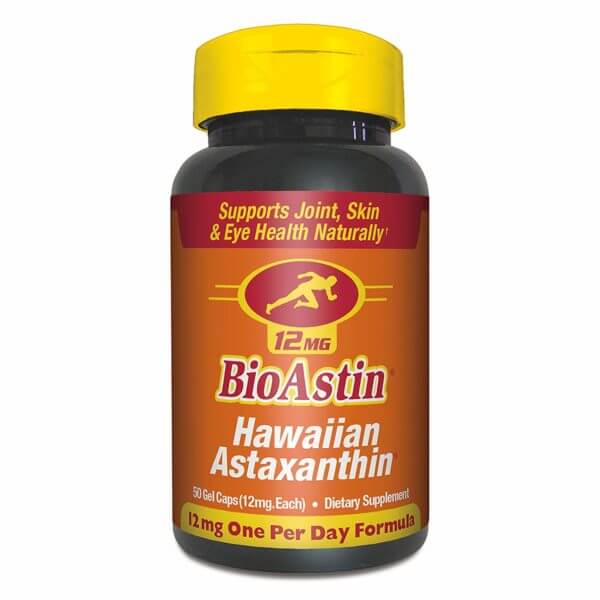
No problem! Astaxanthin is available in supplement forms such as;
a) Krill oil – this is usually marketed as a source of omega-3, but it also contains Astaxanthin, so that you will be getting two for one.
b) Astaxanthin Tablets – Astaxanthin is carefully extracted from algae and converted into a tablet. A suggested brand is Bioastin Hawaiian Astaxanthin.
c) Carotenoid complexes – Astaxanthin is mixed with other powerful carotenoids to form a potent antioxidant punch.
Buy Natural Astaxanthin
When buying Astaxanthin, try and buy a brand such as Bioastin Hawaiian Astaxanthin that uses natural Astaxanthin instead of synthetic Astaxanthin. Please note that due to it containing gelatine, Astin Hawaiian Astaxanthin is not currently Kosher.
Natural is better because, according to research, natural Astaxanthin is 20 times more effective than synthetic Astaxanthin and also a lot better for your skin.

